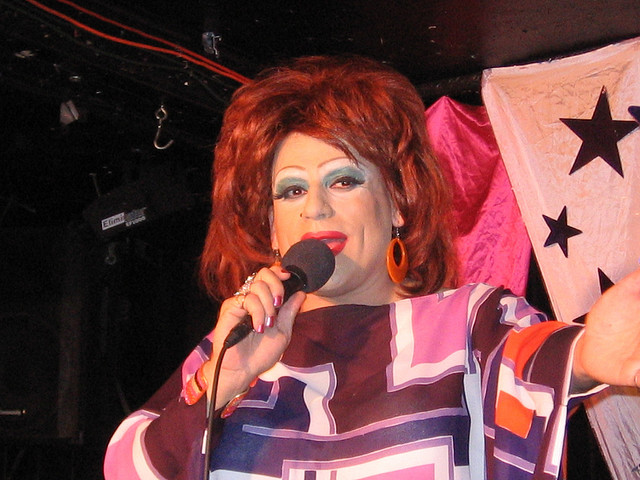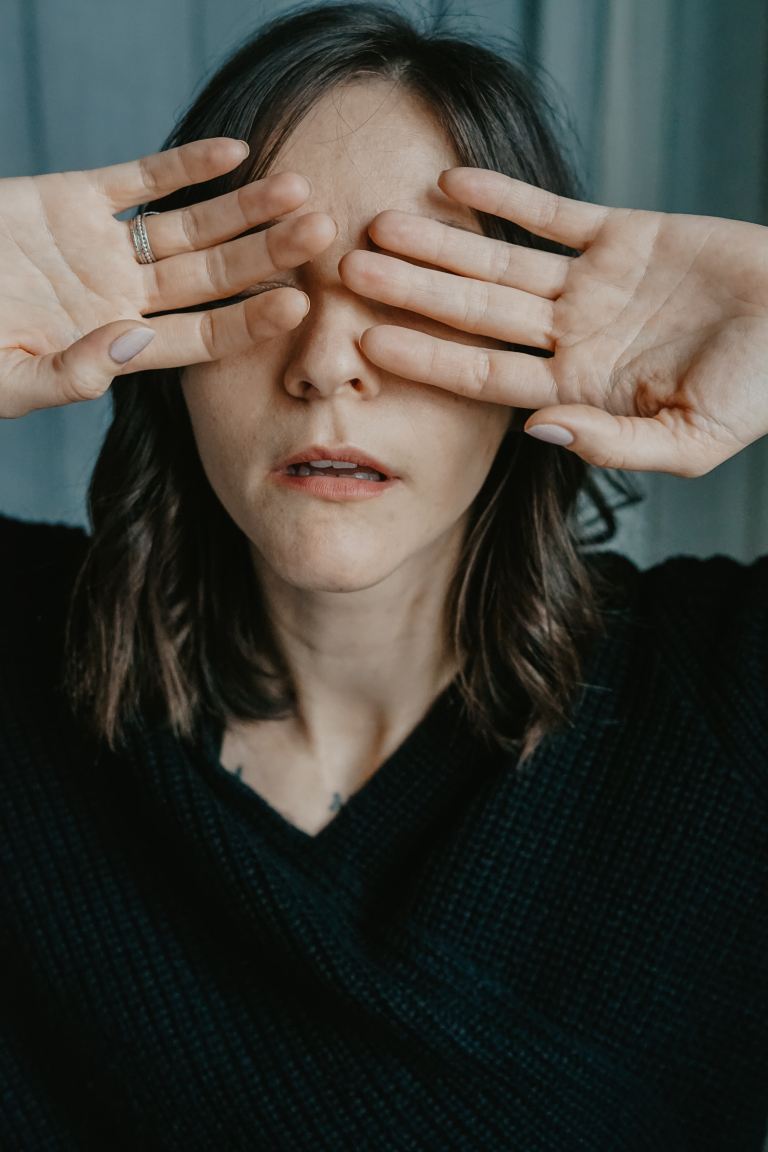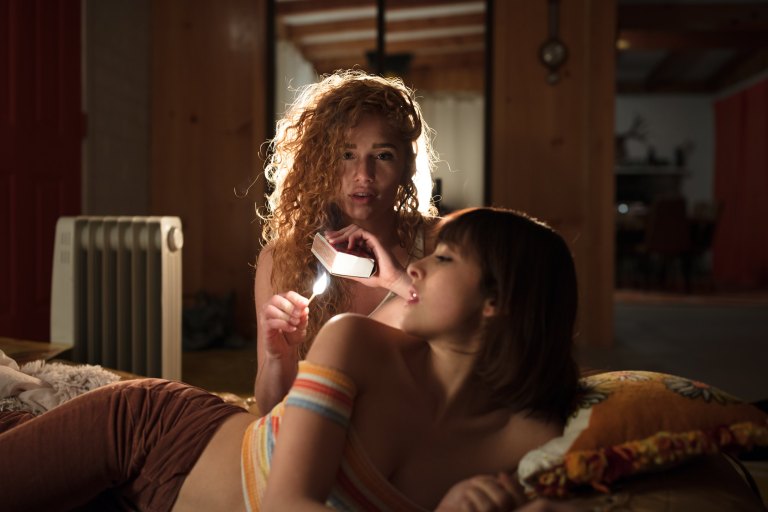An Exclusive Interview With Heklina, Drag Revolutionary And Legend
1996 was a big year. Princess Diana and Prince Charles divorced, the O.J. Simpson trial began, the Nintendo 64 was released, Dolly the Sheep was cloned… and Heklina started Trannyshack.


TC: When you first moved to San Francisco, what did you think you’d be doing to make a living?
I guess I didn’t really think at all about making a living, I was too busy partying! I worked a lot of dead-end jobs. The 9 to 5 world was never for me, I knew that. I’m grateful every day I don’t have to be a part of it.
TC: How has drag culture changed since you started your drag career?
Wow, that’s a tough one. The obvious answer is that it’s gotten much more main-stream with the success of RuPaul’s Drag Race – that’s what people are mainly focused on right now. Oh, another thing that’s changed is that it has gotten much easier to shop for drag. Thank god for the Internet.
TC: What makes a Trannyshack show different from other drag shows?
Another tough one. Trannyshack is essentially a drag show, plain and simple. However, it’s the attitudes of the people involved that make it different. I did not come from a “traditional” drag background, so there were never any rules at Trannyshack, and that really resonated with people. We also worship blood, goth, camp, cult movies, the occult, punk rock, heavy metal… all that stuff you typically don’t see at drag shows, and all done in a very irreverent way. We also love old school drag too, so nothing is really off-limits.
TC: Your MC skills have been called “flawless,” “incredible,” “breathtaking,” and “superb” – and that was just by me, right now. What do you love about being an MC?
I can’t say that I really “love it,” it’s just something I do. It would be more accurate to say that I enjoy it – being in the moment, the improvisational challenges. I never, ever plan or rehearse what I am going to say on stage, I just riff off of what is happening around me.
TC: You’ve said in past interviews that your inspiration comes more from “underground” drag than “traditional” drag. Can you explain the difference between the two, and what about “underground” drag makes it more exciting to you?
Did I say that? Well, when I think of the traditional drag I was probably referring to, it conjures up images of queens just standing on stage, feet nailed to the floor, wearing beaded gowns and tiaras, lip-synching badly and half-heartedly to a song you’ve heard a million times before. I think you get my point – it exhausts me just to watch it. The reason that Trannyshack is so visual is because I (and this also includes any Trannyshack performer of note) am far more interested in the theater of a performance, and how much of a story you can tell with a 4 minute song. Entertaining the audience is the main goal, not standing up there and “passing” or expected to be worshipped for doing nothing. Underground, or performance drag, is the celebration of pushing the boundaries of drag – those moments when you go “Wow, that was something.” The ultimate icons of this? Probably Divine and Leigh Bowery.
TC: When you ended the weekly Trannyshack event, it was the longest running drag event in San Francisco. What inspired you to move on?
It was just time. Twelve and a half years of walking out on that stage every week, I had nothing more to say there. Also The Stud felt a bit like a dying bar.

TC: What is the story behind Trannyshack Reno?
Ha! The story is two busloads of drag queens invading a city where the alcohol and gambling never stop. It’s the messiest trip you will ever go on, that’s for sure.
TC: There are a lot of people, including some in the gay community, who are “freaked out” by drag. What is it about drag that gives it that power?
I think that the people most freaked out by it are men, straight or gay, because it threatens their masculinity. But everything, if you look at it in an abstract way, is drag. Every time I go downtown during the day and see all the people in business attire I think of it as drag.
TC: Gay people are becoming more and more accepted by mainstream society, but the acceptance seems to be contingent upon gay people being “just like us.” Is that a good thing or a bad thing for gay culture?
It’s been the absolute worst thing, the dilution or homogenization of gay culture. I’m not going to deny someone’s right to join the military or get married, but it’s boring when that is what our ideals are now. We (the gays) were far more interesting when we were the outcasts, not accepted by mainstream culture. I don’t want the house and white picket fence, I guess.
TC: Trannyshack is famous for pushing the boundaries of drag – one example is the acceptance and promotion of faux queens. What is a faux queen, and why has it been such an uphill battle for faux queens to become mainstays of the drag scene?
A faux queen is a drag queen trapped in the body of a genetic female. A drag queen with a pussy. The reason why they have thrived at Trannyshack goes back to the “no rules” ethos. It doesn’t matter to me what you have between your legs, just what you do once you’re on stage. I don’t see it as being an uphill battle in San Francisco, but in other places they just don’t get it, and it’s very much “that’s not drag.”
TC: Do you think there is a place in mainstream pop culture for the Trannyshack variety of drag? If not, how come?
The only way to get mainstream these days is on Rupaul’s Drag Race, and I definitely see a lot of Trannyshack in those girls. As a matter of fact, I booked a ton of them to perform before they made it big on the show (Alaksa, Raja, Willam, Detox, Jinkx, etc.) I love when they get on the show and remain transgressive.
TC: The name “Trannyshack” has been controversial in and of itself. Why do you think that is, and what do you have to say to those who the name offends?
This is a very timely topic. It’s become only recently controversial, due to the growing consensus that the word “tranny” is defamatory. Because of what Trannyshack is, I’ve largely gotten a pass on this. I am not politically correct, and I firmly believe that a word only has power based on the intent behind it. Having said that, I don’t want to be in the business of offending or always having to explain myself-especially when I go out of San Francisco, and people are maybe not as familiar with the name. So, I am in the process of coming up with a re-brand of the club, and somehow phasing out the word tranny from the title. But this is going to involve focus groups, a major press push, and I am going to need the full support of the trans community, and especially the Trannyshack audience. I’ll need a minute on this one.
TC: What do you see in the future for Heklina?
Last year I tried to purchase a nightclub, but buying a bar is, as you might expect, very difficult and expensive in San Francisco. But I’m not going to give up. This is what I see for myself in the future, having my own venue and continuing to entertain.
Keep up to date with Heklina and Trannyshack at www.TrannyShack.com. ![]()




